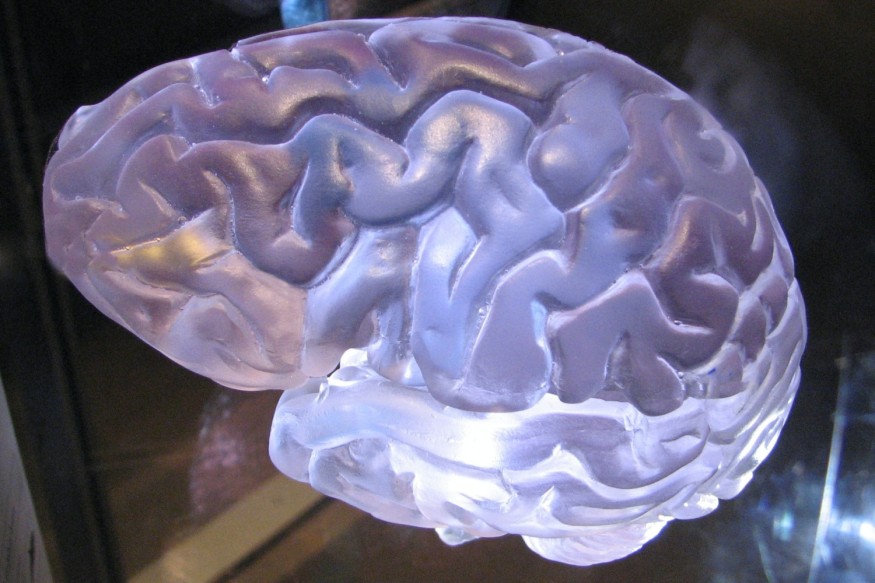
Brain surgery in itself could be quite invasive, but a novel soft robot could change things.
Brain Monitoring Through Soft Robots With Flower Shape
According to Science News, one day, neuroscientists may use small and flexible sensors to examine brain electrical activity. Eventually, this may enable them to identify and possibly treat seizures in epilepsy patients.
These devices were developed by scientists in Switzerland. The small electrode for brain monitoring can fit inside a tiny hole within the skull and be fanned out in order to have huge coverage over the cortex, as reported by Euronews.
The hole just needs to be one to two centimeters wide. The flower-shaped device then unfurls various sensors that get into contact with the surface of the brain. This, in turn, enables it to track electrical activity. The novel invention was detailed further in the Science Robotics journal.
Successful trials on minipigs show that using the device would make it less invasive for sensors to be placed over the brain. Currently, such procedures require the removal of a huge portion of the skull.
Drawing on their expertise in soft robotics and actuation, a team of Swiss scientists have developed a soft electrode array. The device will be able to record seizures pic.twitter.com/Yu2RLjtzOC
— Reuters (@Reuters) May 11, 2023
Flower-Shaped Soft Robots
The device has been referred to as a soft robot. It is "soft" due to its composition of flexible materials, and it is robotic due to the movement of its sensory apparatus, which opens like a flower once it is placed.
Neurosurgeon Joseph Madsen from Harvard Medical School, who did not participate in the study, notes that among the soft robotics that he has seen before, this is one that may particularly change how things are done in the field of neurosurgery.
The device has a central hub that is surrounded by six petal-shaped and flat sensors, which are made of flexible and soft materials. The petals are initially inverted toward the central hub. Once placed inside the skull, the saline solution that flows through the hub gently enables the petals to open. These petals then lay over the cerebral cortex's surface.
Each petal's sensor signals when in place and starts brain monitoring. It relays information to a monitor through electrical wirings.
Bioengineer Stéphanie Lacour from the école Polytechnique Fédérale de Lausanne in Geneva and colleagues tested their prototype in a minipig brain. Lacour notes that the technology could be scaled in order to cover a larger area of the human brain.
Lacour adds that future versions of the device could not just detect activity but also stimulate it, which means that the device may work in two different directions. This could enable the electrode to stop a seizure from happening even before it starts, stimulate areas in the brain that are left damaged by a stroke, or serve as a brain-machine platform for device control.
The scientists have started a firm for the technology's further development and for further testing that is necessary for human usage.
RELATED ARTICLE : First Human Trials for Cancer Pill as Potential Cure for Epilepsy To Begin in Australia in October
Check out more news and information on Medicine and Health in Science Times.












